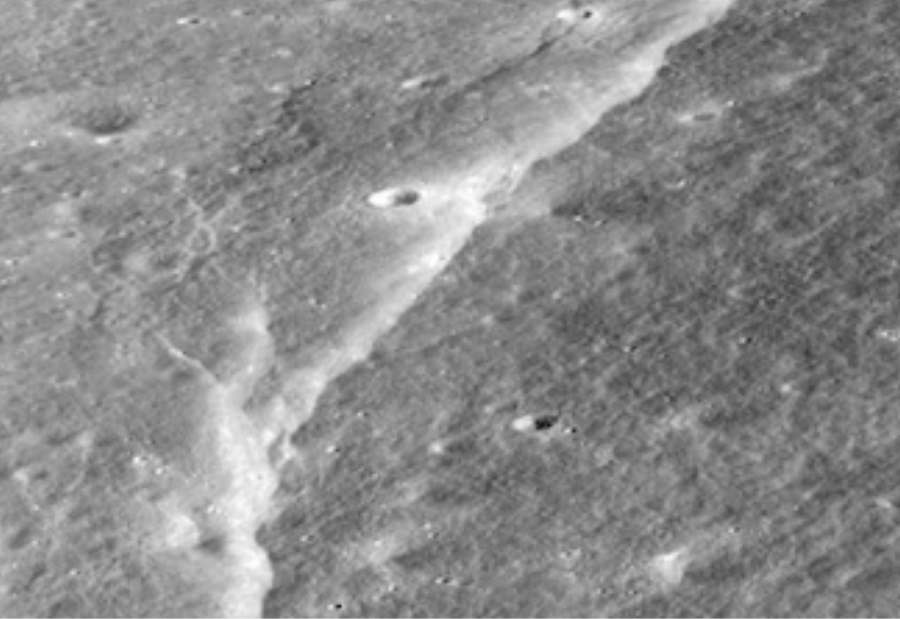Chinese researchers have discovered that landslides on the Moon are actively occurring and are mostly triggered by moonquakes, not just meteorite impacts. This finding could have important implications for the safety of future lunar missions and the construction of permanent infrastructure on the Moon.
The study, published on 11 September in the peer-reviewed journal National Science Review, was conducted by scientists from Sun Yat-sen University, Fuzhou University and Shanghai Normal University. By analysing 562 pairs of before and after satellite images from 74 locations, the team identified 41 new landslides since 2009.
While about 30 percent of the new landslides were caused by recent impact events, the majority were linked to seismic activity from within the Moon’s interior. Unlike earthquakes on Earth, moonquakes can last for several hours, making them more dangerous for future lunar operations and structures.
“Human civilisation has never been closer to establishing permanent infrastructures on the moon, which will serve as scientific research stations and/or deep-space outposts,” the study stated.
Though moonquakes were first detected during the Apollo missions, it was widely believed that the Moon’s internal geological activity had mostly ended. However, the new study challenges this assumption, suggesting the Moon’s interior remains active enough to trigger endogenic seismic activity.
“Among known triggers of landslides on the moon, endogenic seismic activity is the most plausible cause for most of the detected new landslides,” the researchers wrote, adding that the exact sources of these moonquakes are still not fully understood.
Most of the landslides observed were relatively small, typically less than 1 kilometre in length and under 100 metres in width. Still, lead researcher Professor Xiao Zhiyong from Sun Yat-sen University advised caution. “It provides reassurance that the landslides we observed are likely to have limited impacts. Still, we should remain cautious because disaster assessments from Earth may not be fully applicable on the moon,” he said.
Xiao explained that moonquakes generate seismic waves that lose energy very slowly due to the Moon’s dry surface. He also noted that China’s upcoming Chang’e-8 lunar mission will carry a seismometer to the Moon’s south pole to monitor moonquakes more closely.
Co-author Professor Zhang Wuming said the team developed a precise method to match high-resolution satellite images from different time periods, allowing them to detect changes on the lunar surface more accurately.
These findings will be crucial in selecting safer locations for future lunar bases, including China’s planned research station near the Moon’s south pole, expected by 2035.
Also read: Viksit Workforce for a Viksit Bharat
Do Follow: The Mainstream formerly known as CIO News LinkedIn Account | The Mainstream formerly known as CIO News Facebook | The Mainstream formerly known as CIO News Youtube | The Mainstream formerly known as CIO News Twitter |The Mainstream formerly known as CIO News Whatsapp Channel | The Mainstream formerly known as CIO News Instagram
About us:
The Mainstream formerly known as CIO News is a premier platform dedicated to delivering latest news, updates, and insights from the tech industry. With its strong foundation of intellectual property and thought leadership, the platform is well-positioned to stay ahead of the curve and lead conversations about how technology shapes our world. From its early days as CIO News to its rebranding as The Mainstream on November 28, 2024, it has been expanding its global reach, targeting key markets in the Middle East & Africa, ASEAN, the USA, and the UK. The Mainstream is a vision to put technology at the center of every conversation, inspiring professionals and organizations to embrace the future of tech.




